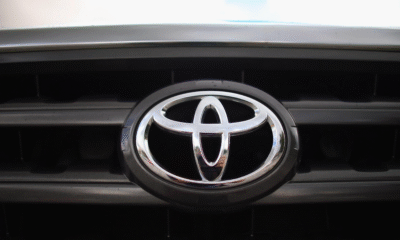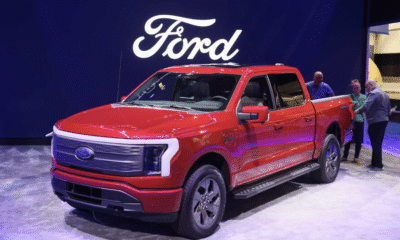EV adoption: Is Australia and Oceania leading the way?
Future of EVs in Australia and Oceania
Electric Vehicles (EVs) have become big business in Australia and Oceania in recent years. With fuel prices increasing, government incentives abundant, and taxes on emissions imminent, EVs seem like an even more attractive proposition than their Internal Combustion Engine (ICE) counterparts. With so many countries in Oceania looking to reduce carbon emissions and air pollution, of which transport contributes 14%, according to Kinsey, EVs will likely be the future of transportation in greater Oceania. What are current figures and what are the trends? We’ll take a look in this article.
EV sales and projections in Australia
In 2023, 98,436 new electric vehicles were bought in Australia, making up 8.45% of all new automobiles sold. This data comes from the Electric Vehicle Council of Australia.
With 10,011 BEVs sold in February 2024—doubling from the previous month—total EV sales (including PHEVs) exceeded 10% market share. Sales for 2024 are expected to be somewhat lower than last year, with industry sources predicting a range of 1.05 to 1.1 million. This may come from a worldwide slowdown of EV take-up, although the rate of EV purchasing is still tipped to increase.
EV sales and projections in New Zealand
Despite a 9.5% year-on-year drop in total NZ auto sales in 2023, 21,580 new passenger cars have been registered so far in 2024. In April 2024, only 386 fully electric vehicles were sold in NZ, with another 300 plug-in hybrids. Electric vehicle market share in NZ dropped dramatically from a peak of 39.3% to a mere 3% over December 2023-January 2024, with the current share (April 2024) of 4.3%. Industry insiders suspect there will be an overall slump in car sales and corresponding EV market share as NZ comes to grips with a deep cost of living crisis.
EV sales and projections in Southeast Asia
Adoption in Southeast Asia is still lagging behind the rest of Oceania, with Japan only having a 1.2% EV market share, Thailand with a 0.7% market share, and Malaysia with a 0.3% market share. Indonesia has a 0.1% market share. For all of Asia, the EV segment is expected to have a consistent annual growth rate of 5.77% over the next four years, resulting in a projected market volume of US$428.2 billion by 2028. Japan has been investing heavily in EV infrastructure and innovation, which has led to several Japanese carmakers pushing EVs (Toyota, Nissan, etc.)
Financing the future
One of the major barriers to entry, especially for emerging markets, is the cost of purchasing an EV. These are still far more expensive than ICE vehicles, whether it’s the two, three, or four-wheel category. Though some markets are trialling Smart Financing, online finance brokers in Australia have been able to source low-emission green loans to make EV adoption more attractive. Some developing nation consumers also struggle to finance loans due to perceived higher risk and low resale value.
In Australia, the government seeks to impose taxes on high emissions vehicles while building national EV infrastructure, with fast chargers spaced 150km apart on major roads. Whether this contributes to even more sales of EVs remains to be seen.







































